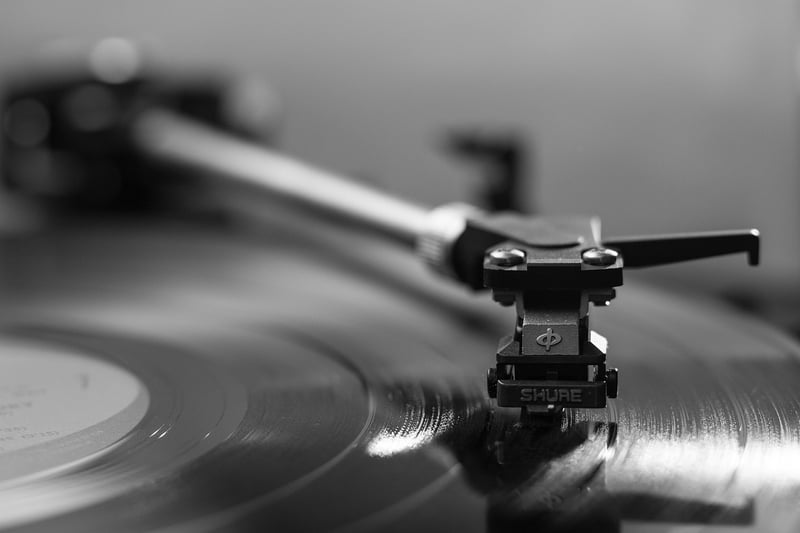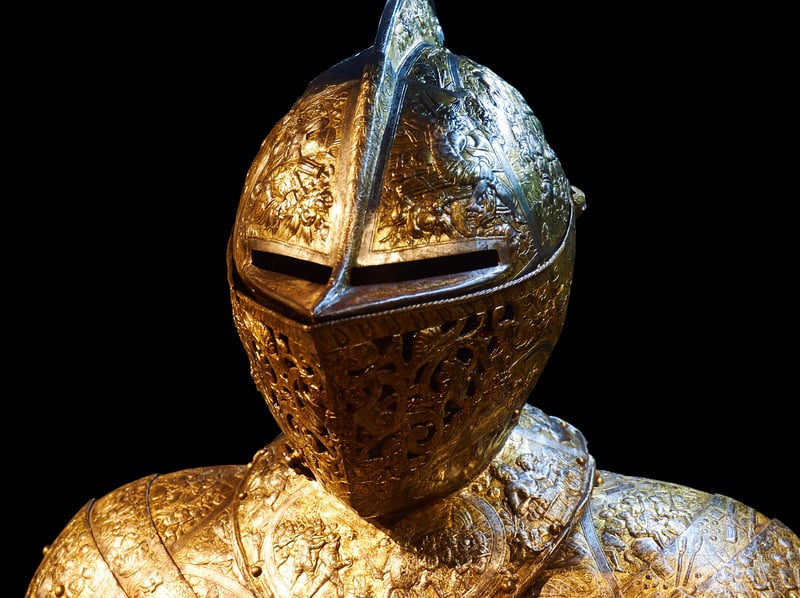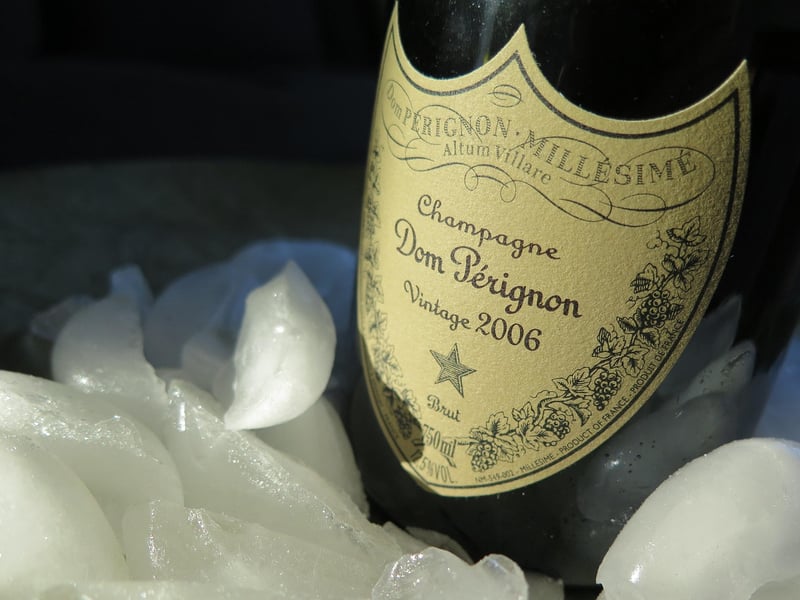Historical Etiquette
Navigating Time Jumps: Understanding Historical Etiquette
Time travel stories have always fascinated us, transporting us to different eras and allowing us to witness the customs and manners of bygone times. However, when navigating these time jumps, it's essential to understand the historical etiquette prevalent in each period to avoid social faux pas and misunderstandings.
Victorian Era (1837-1901)
The Victorian era was known for its strict social norms and elaborate etiquette rules. Proper behavior was highly valued, and individuals were expected to adhere to specific guidelines in their interactions. For example, men were required to doff their hats in the presence of a lady as a sign of respect, while women were supposed to curtsy or bow.

Key Points of Victorian Etiquette:
- Strict dress codes for different occasions
- Importance of formal introductions and proper titles
- Emphasis on table manners and dining etiquette
- Respect for social hierarchies and class distinctions
Roaring Twenties (1920s)
The 1920s marked a significant shift in societal norms, with a more relaxed approach to etiquette and a focus on modernity and individual expression. This era saw the rise of jazz, flapper fashion, and a newfound sense of freedom, especially among young people.

Characteristics of Roaring Twenties Etiquette:
- Embrace of casual attire and shorter hemlines
- Shift towards more informal social interactions
- Changing attitudes towards dating and courtship
- Increased focus on individuality and self-expression
Medieval Period (5th-15th century)
The medieval period was characterized by a feudal society where strict codes of chivalry and honor governed social behavior. Knights and nobility adhered to a complex system of etiquette that dictated their actions on and off the battlefield.

Etiquette in the Medieval Period:
- Code of chivalry emphasizing virtues like courage and loyalty
- Ceremonial rituals for feasts and tournaments
- Formal rules of courtly love and romantic gestures
- Hierarchical structure with clear distinctions between social classes
By familiarizing yourself with the historical etiquette of different time periods, you can enhance your time travel experiences and interact more authentically with the people of that era. Whether you find yourself in the refined drawing rooms of the Victorian era or the lively jazz clubs of the 1920s, understanding the etiquette of the time will enrich your journey through history.
Remember, while the customs and manners may vary across different periods, the essence of etiquette remains constant - showing respect, consideration, and kindness towards others.
